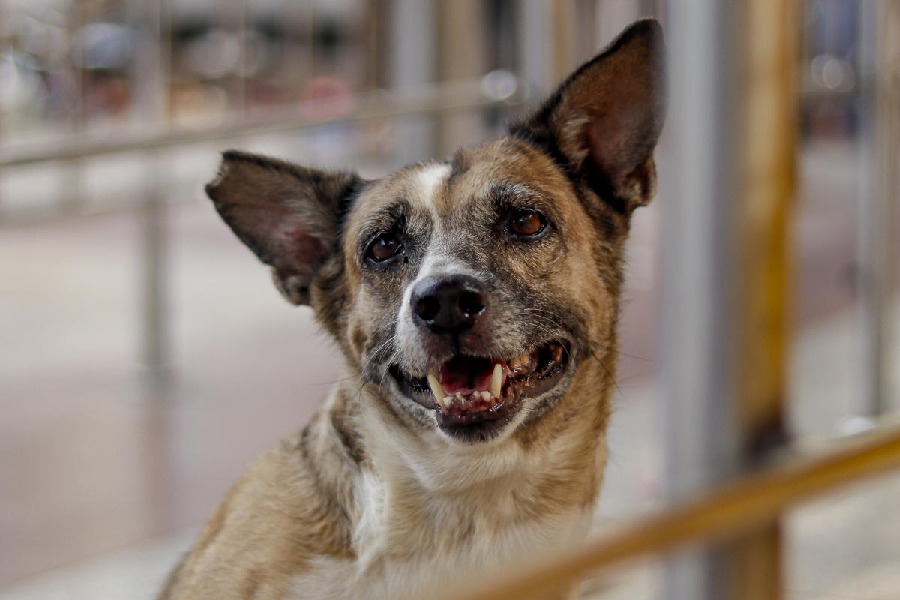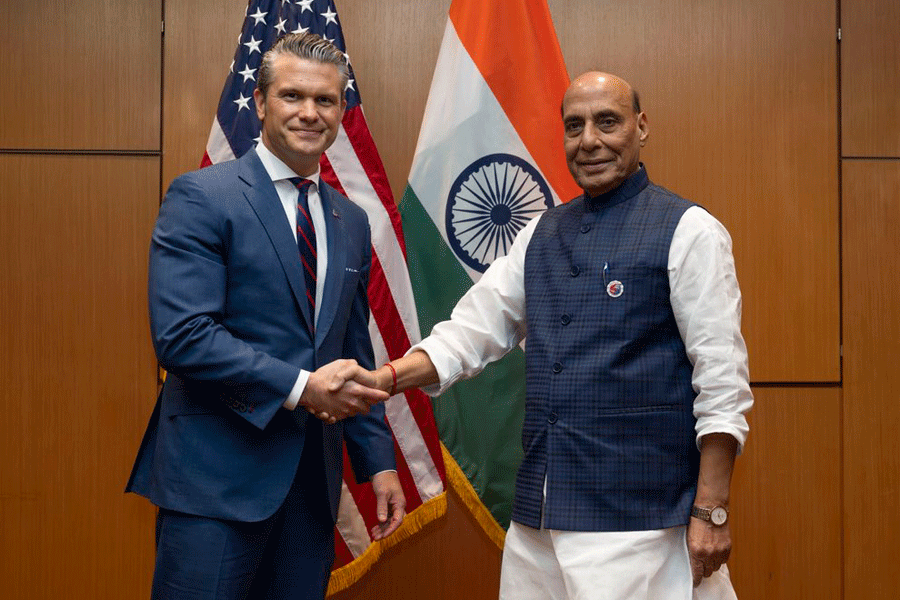Guwahati, Feb. 10: The Wildlife Trust of India, a New Delhi-based non-governmental organisation, has started putting radio collars on leopards in Assam in order to track their movement and understand their behaviour.
The collar was attached to a leopard for the first time in the state by the WTI and state forest department officials in Doomdooma in Upper Assam on January 31.
The female leopard, measuring 2.14 meters in length, had strayed into the campus of the Aviation Research Centre in Doomdooma on January 29 when forest department officials captured it, WTI officials said. The divisional forest officer of Doomdooma, Seal Sharma, requested the WTI team in Assam to inspect the animal before releasing it.
R. Thirumurugan, a veterinarian of the Mobile Veterinary Service unit based in the Dibru-Saikhowa reserve forest in Dibrugarh district, inspected the leopard and also decided put a radio collar on it. The gizmo includes a transmitter, an antenna to capture the signals from the transmitter and a receiver.
The animal was tranquillised and the device fitted to its neck, Murali Pai, a senior WTI official at the Centre for Wildlife Rehabilitation and Conservation in Kaziranga, said. Once the collar was fitted, the officials decided to release the animal in Dehing Patkai wildlife sanctuary ? which boasts of a 111 square km of contagious mixed forests and abundant prey base in Digboi forest division ? on January 31.
The vet and three forest guards monitored the big cat’s progress after its release. The animal, however, showed no sign of returning to its previous habitat near Doomdooma. Pai said they were still monitoring the movement of the animal in order to learn the behaviour of leopards.
The WTI official said various factors such as encroachment had led to the destruction of wildlife habitats and a conflict between animals and human beings. Scarcity of food because of depleting prey base attracts these animals to livestock reared by villagers. “The mere sight of a leopard instils a fear psychosis in people and they try to kill the animal,” Pai said.
The situation is so bad that leopards also stray into cities. The situation is especially bad in Guwahati, where the forest department has to be on its toes constantly. Pai hoped that information collected from monitoring the movement of big cats might help to solve the leopard-man conflict,” Pai said.










